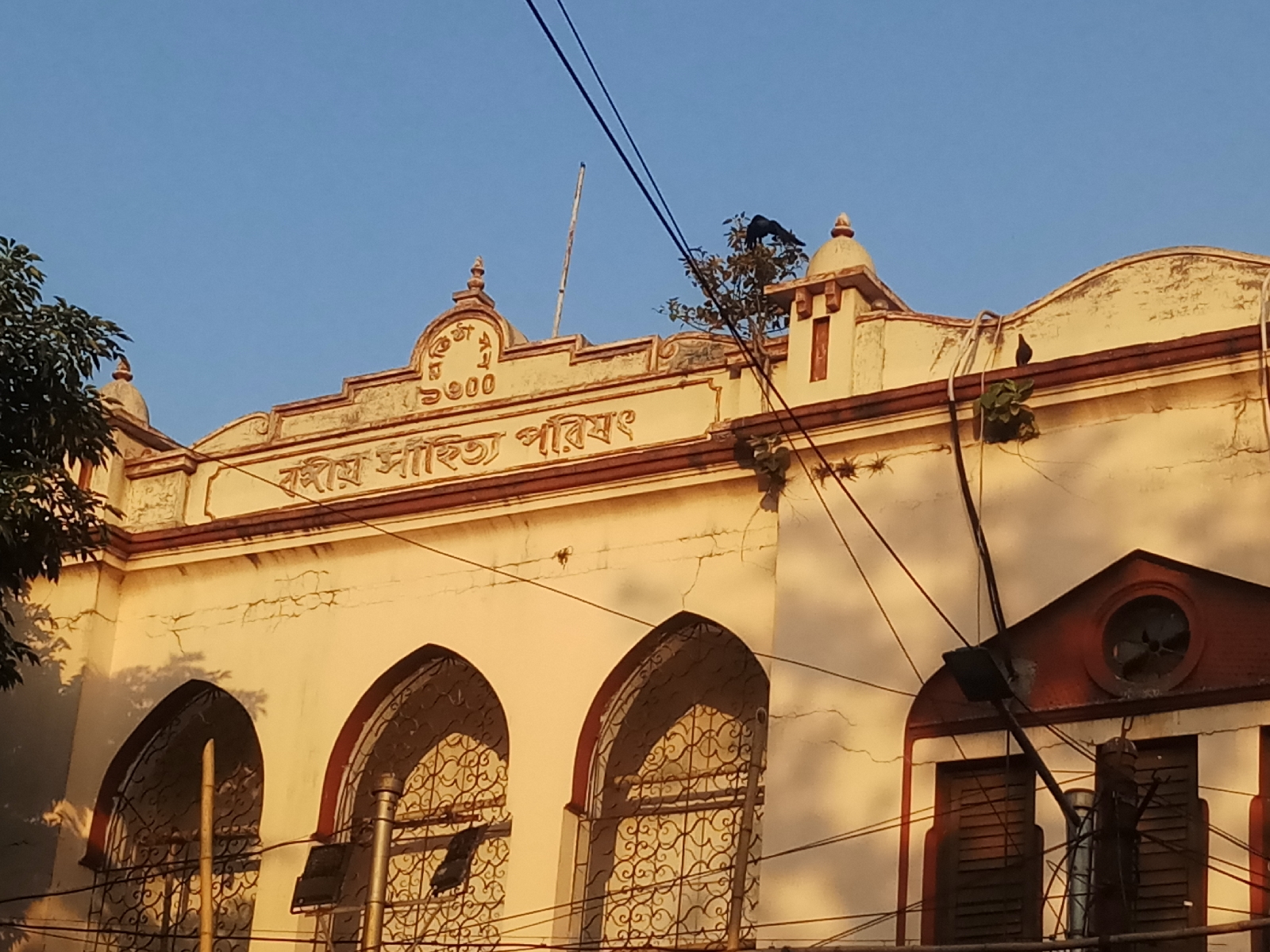Sabarna Roy Choudhury estate
- The Sabarna Roy Choudhury family of Barisha boasts to be one of the oldest families of Kolkata famed for leasing the villages of Sutanuti and Gobindopur to the East India Company. They are linked with pioneering events in Kolkata such as construction of first road, pucca house, observance of first Durga Puja, construction of Kalighat Temple Complex.
- The family lineage can be traced back to Maharshi Sabarno whose descendent Sage Vedagarbha settled in Bengal region in 10th century accepting invitation of King Adishura.
- The ‘Saborno’ Gotro of the family and the ‘Roy Choudhury’ title obtained later now defines the lineage as ‘Sabarna Roy Choudhury’.
- Later descendants adopted the title Gangopadhyay. Panchanan Gangopadhyay, was a skilled warrior, employed as a General in Mughal Emperor Humayun’s army. He won battles for the emperor, notably those with Bengal Chieftain Sher Shah Suri, and was thus awarded the title ‘Shakti Khan’ or the powerful and Jaigirdari of 85 villages in Haveli Pargana (today North 24 Parganas) by Humayun himself. He built a Haveli and settled in the region ‘Haveli Sahar’ or ‘Halisahar’.
- Lakshmikanta Gangopadhyay (son of scholar Jiya Gangopadhyay and Padmavati Devi, and the great grandson of Panchanan Gangopadhyay), was born in 1570 at Kali Kshetra (today’s Kalighat). Upon his wife’s demise, he renounced materialistic life. He was then known as Kamdev Brahmachari, and settled in Benaras (currently Varanasi).
- His infant son was left with Atmaram Brahmachari of Kali Kshetra. Later he was employed by Raja Basanta Roy of Jessore Estate under Mughal Empire (one of the Baro Bhuiyan or Twelve Chieftains created by Akbar for administration). Pratapaditya, nephew of Raja Basanta Roy, betrayed him and declared freedom from the Mughals to establish a Hindu state. Akbar unsuccessfully tried to suppress him for years. After Akbar, Jahangir sent Raja Man Singh, the Rajput Raja of Amer (later known as Jaipur in Rajputana) to suppress Paratapaditya. Raja Man Singh was influenced by Kamdev Brahmachari and was his disciple. After successfully defeating Pratapaditya, in 1608 he granted tax free Jagirdari of 8 parganas to Lakshmikanta as gurudakshina to his guru and Lakshmikanta’s father, Kamdev Brahmachari. This area granted was on eastern bank of River Hooghly, extended from Halisahar in the north to Diamond Harbour and included the present day Kolkata.
- This started the association of Sabarna Roy Choudhury family with the Kolkata region. Lakshmikanta Gangopadhyay was an reputed administrator who transformed the village of Sutanuti into an international trading hub for cotton yarn (resulting in the name, ‘Suta’ means thread in Bengali). He is credited with construction of the first pucca road from Halisahar to Kalighat, called the ‘Puraton Rasta’ or later the ‘Pilgrims Road’ by the British. He started the first Durga Puja in Kolkata in 1610, where Mother Durga and her four children (Lakshmi, Saraswati, Kartik and Ganesh) are worshipped together. He obtained the Majumdar title from the Mughals, due to his efficient record keeping and administration (from the Arabic “majmua” (মজমুয়া) ‘collection’ + the Persian suffix “- dar” (দার) ‘possessor’) and ‘Roy Choudhury’ title for efficient zamindari.
- Before the British came to Bengal, the Roy Choudhury’s lived in present day B.B.D. Bag with a court house (kachhari) and a temple (in the site of present day Writer’s Building or Mahakaran) beside a lake (Lal Dighi) in the village of Kalikata.
- The British upon landing in the prosperous Sutanuti village in 1690, managed to persuade the by bribing Mughals to Zamindar rights to them. In 1698, the family had to lease the villages of Kalikata, Sutanuti and Gobindapur, and themselves shifted to Barisha. The decree in Parsian by Mughal Emperor Farrukhsiyar was obtained in 1717. The British East India Company paid an annual rent of Rs. 1,300/- to family till the Battle of Plassey in 1657.
- Some of the other notable members of the Sabarna Roy Choudhury family are administrator Bidyadhar Roy Choudhury, and Swami Jogananda (disciples of Ramakrishna and Sarada Devi).
- Now the family is spread over various parts of Bengal. They are organizers of 8 bonedi Durga Pujas, 6 in Kolkata and 1 each in Nimta and Birati. In 1996 family formed an organization called Sabarna Roy Choudhury Paribar Parishad for upholding the family traditions along with research, historical study, and publishing. Sabarna Sangrahashala was created in 2005 to showcase the rare collection of the family inherited over the generations.
- The present locality of Barisha has several houses, pond, temple of Radha Gobindo and the aatchala worship area of Goddess Durga. Adjoining this is are twelve temples dedicated to Lord Shiva and adorned with intricate terracota work. Only two of these Shiva temples are restored while the others are dilapidated, though daily worship is carried out. A temple dedicated to Lord Jagannath (established in 1318 Bengali Calender) is believed to have established by this family and the first of the Lord in Bengal.
 |
| Radha Gobindo temple |
The Shiva Temple Complex





















Comments
Post a Comment